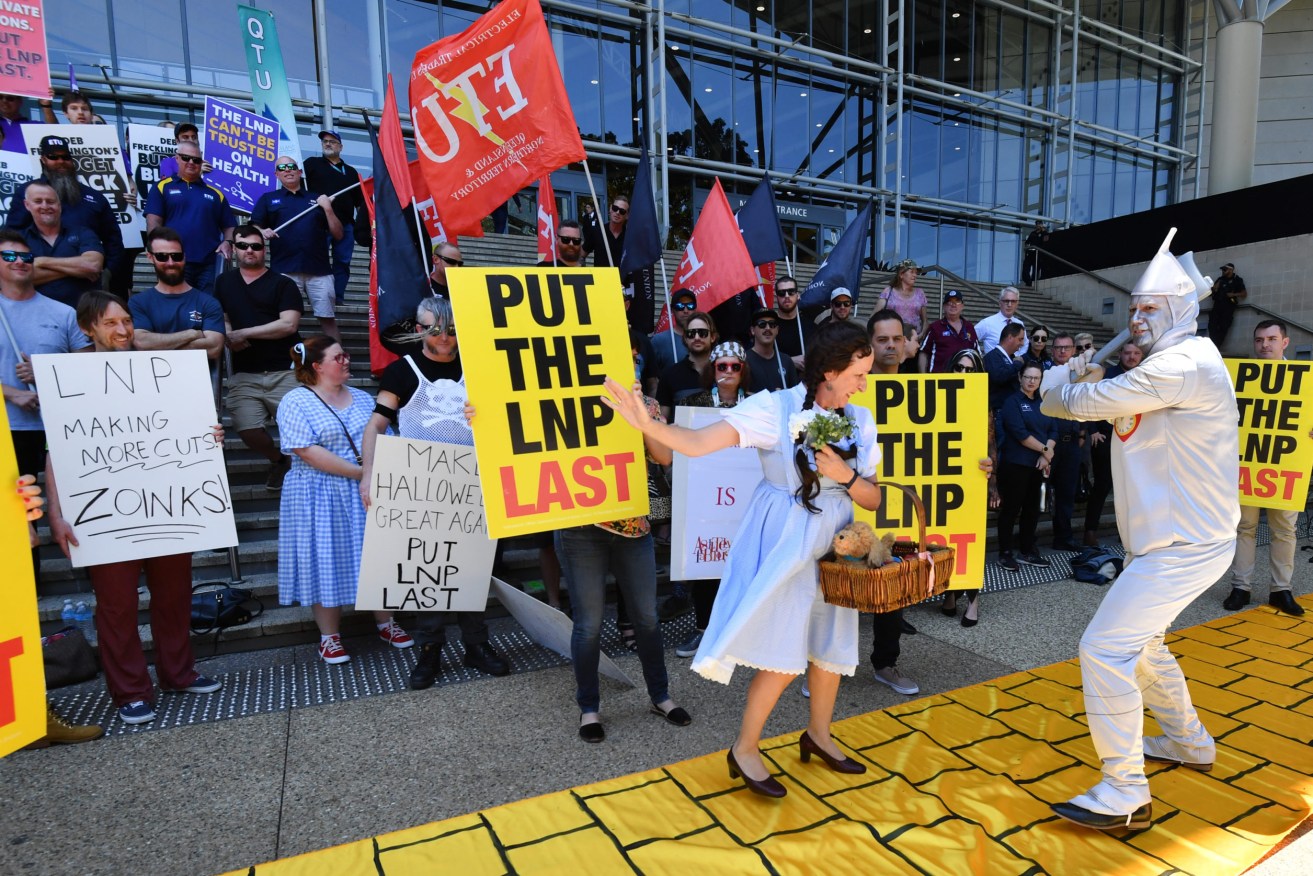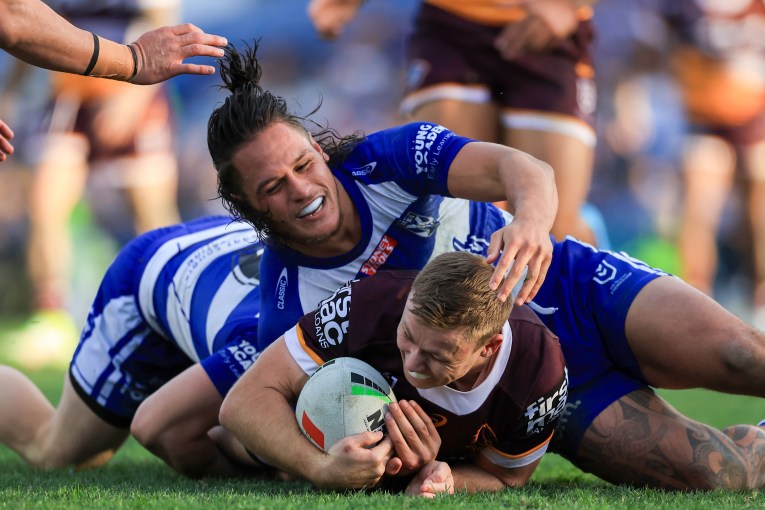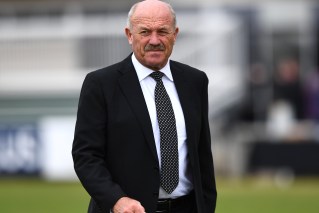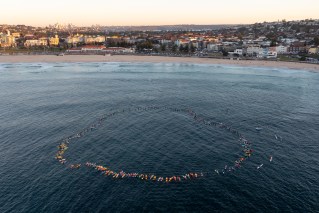Election campaign cost $10 for every vote, and next time you’ll be paying
The political juggernaut spent around $30 million on the last Queensland election campaign, knowing that taxpayers will fork out more next time.

Electoral Commission of Queensland disclosures reveals political parties, candidates and third parties spent just under $30 million on last year's state election campaign. (Photo: AAP Image/Darren England)
An analysis of the latest Electoral Commission of Queensland disclosures reveals political parties, candidates and third parties spent just under $30 million on the campaign. Some disclosures have yet to be made, so the total could go even higher.
Labor outspent them all, with a $10,833,941 outlay, including money spent by the party HQ and candidates. The Liberal National Party spent $9,677,769, and also spent the most on a single candidate: $103,743 on, or via, then leader Deb Frecklington, who retained her seat of Nanango but forfeited the leadership after the Palaszczuk Government was re-elected.
Pauline Hanson’s One Nation spent $1,602,588 from head office, only for its tally of votes to go down, while Katter’s Australian Party spent $307,229 to keep its three MPs. Those amounts do not include candidate expenditure.
The money has largely come from big business donors, unions and supporters, who pay the party for policies that appeal to them, however those who also campaign directly need to be registered as a third party.
The biggest spending third party was, predictably, Clive Palmer’s private company Mineralogy, which spent $958,183 to support the party named after him – Clive Palmer’s United Australia Party – while the Queensland Council of Unions ran an $842,560 campaign to ensure Labor protected public servants.
Due to the nature of Palmer’s business-party set-up, it is still not clear how much his latest election loss cost, but it would be in the millions of dollars.
There were 2,967,636 votes cast at the October 31 election, which saw Labor returned with 52 of the 93 seats in State Parliament.
All parties appear to have kept under the expenditure caps introduced by the Palaszczuk government. For the next election in 2024, there will also be donation caps, with additional taxpayer funding by way of compensation.
The more successful candidates and parties can already receive some cash back if they receive more than six per cent of first preference votes, but by the time of the next election the established players will be at an advantage.
Last term, the Palaszczuk government passed laws through parliament that would increase public election funding for eligible registered political parties and candidates to decrease reliance on private donations.
The legislation also lowers the threshold for public funding to four per cent of first preference votes, which is likely to cost taxpayers tens of millions of dollars more at each election. The intent is to restore integrity into the process.












